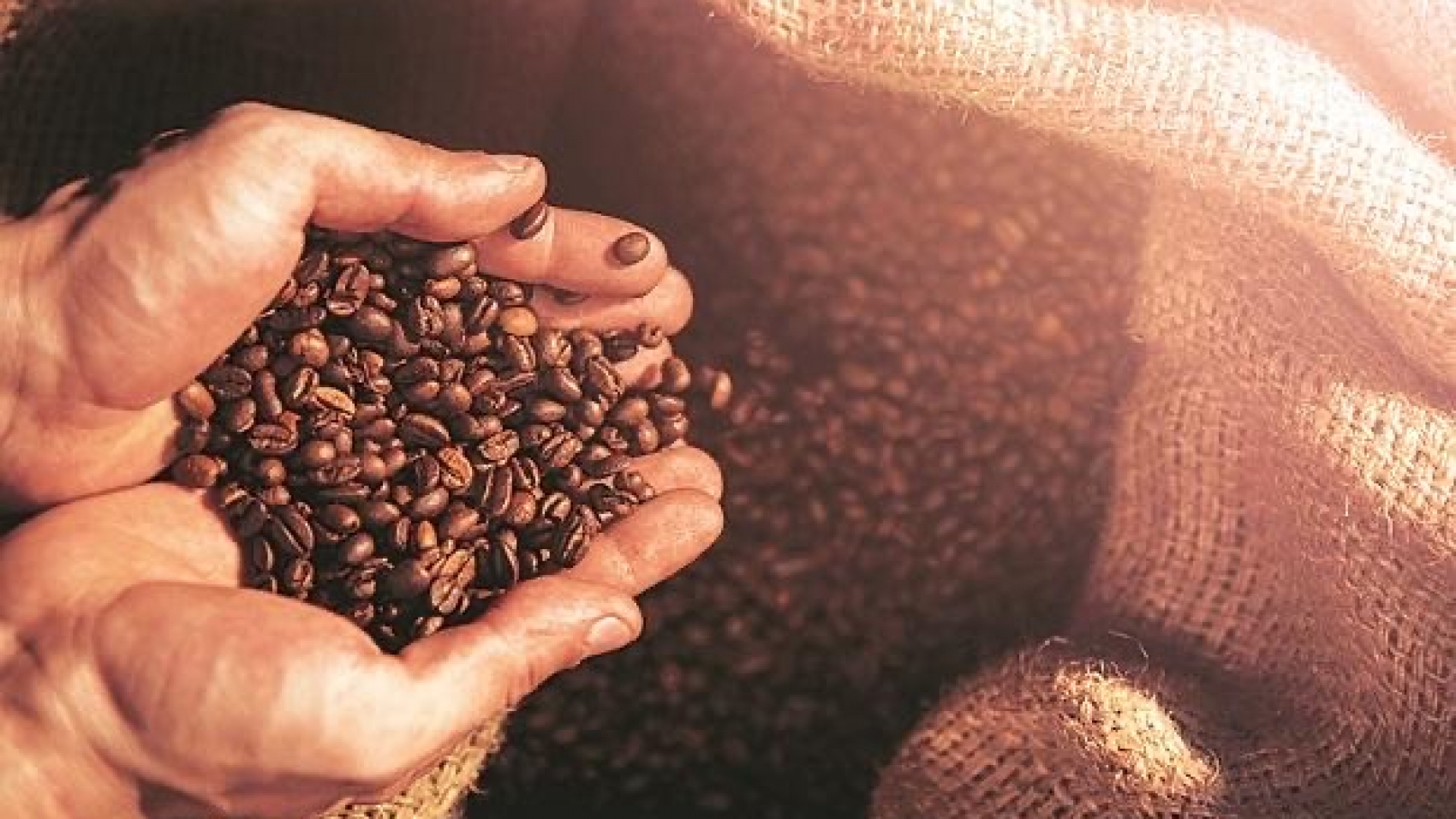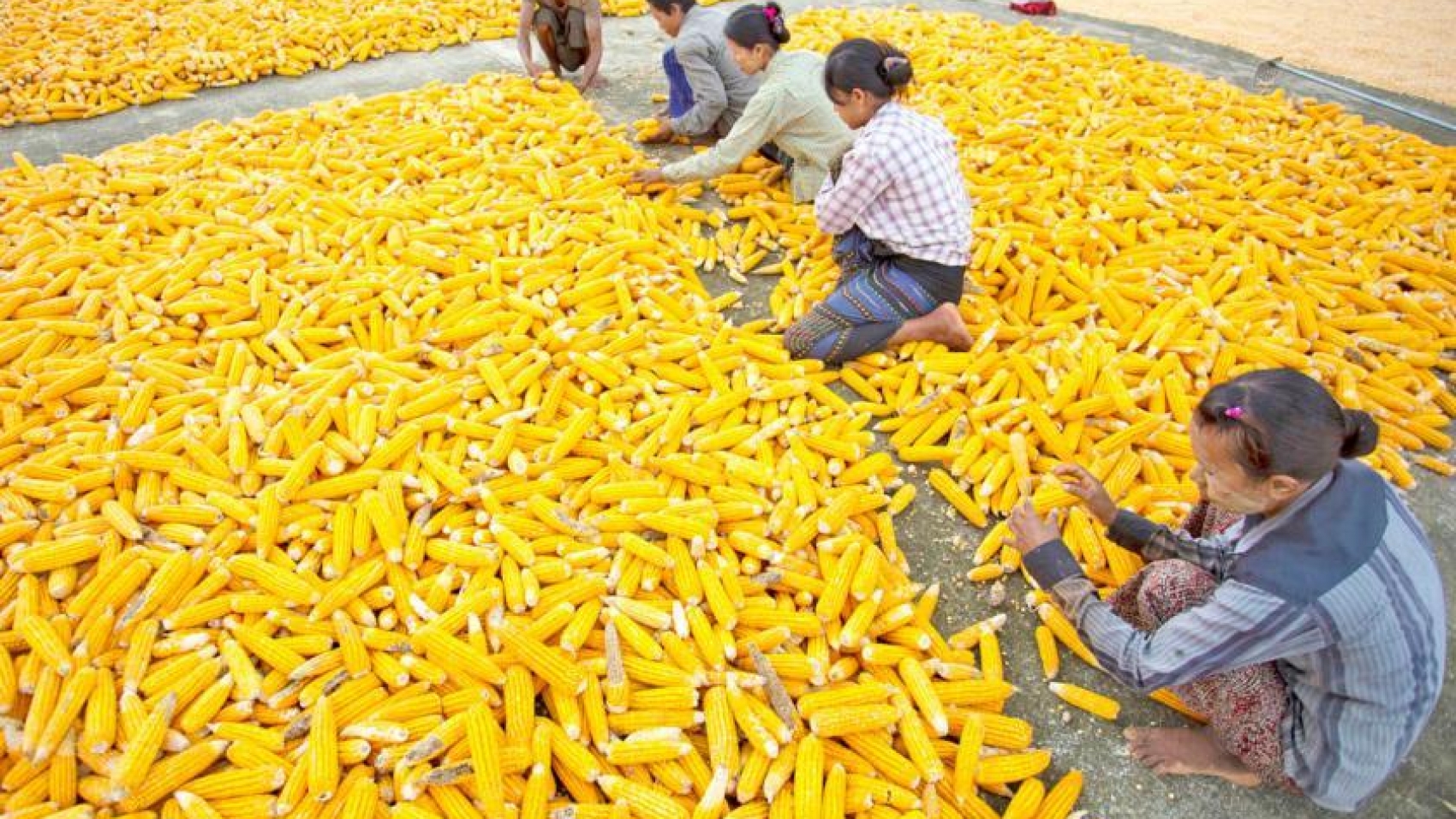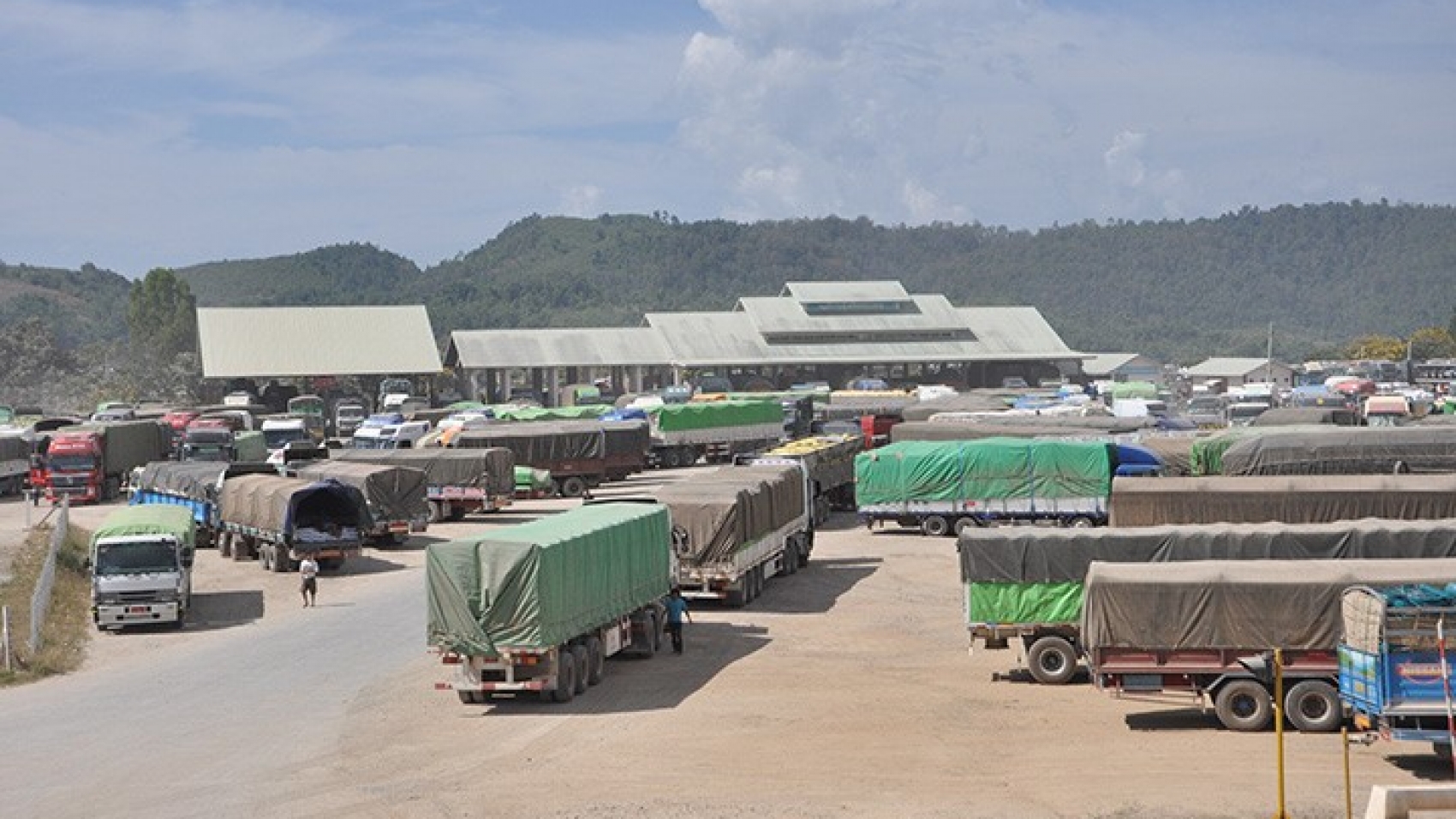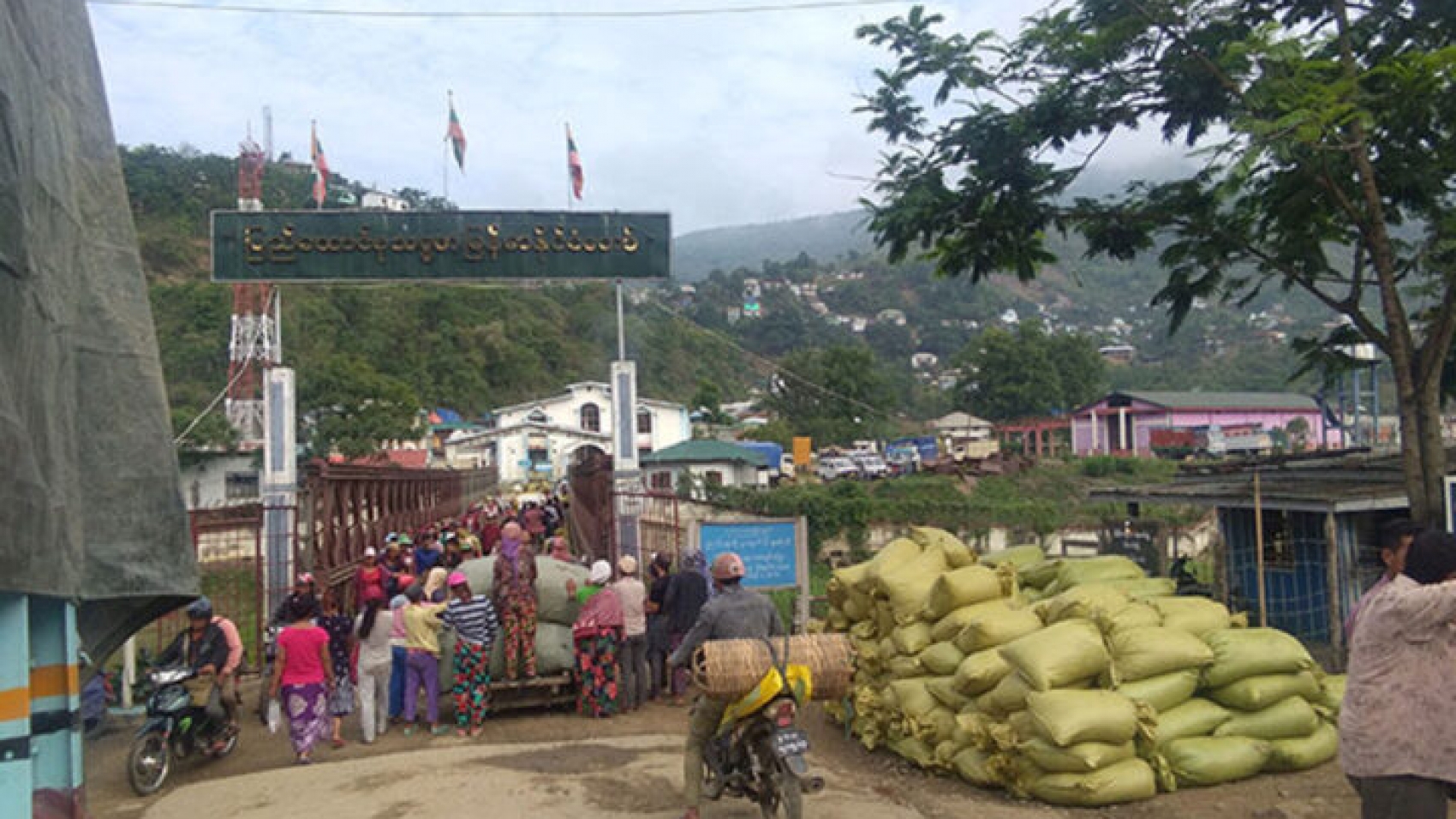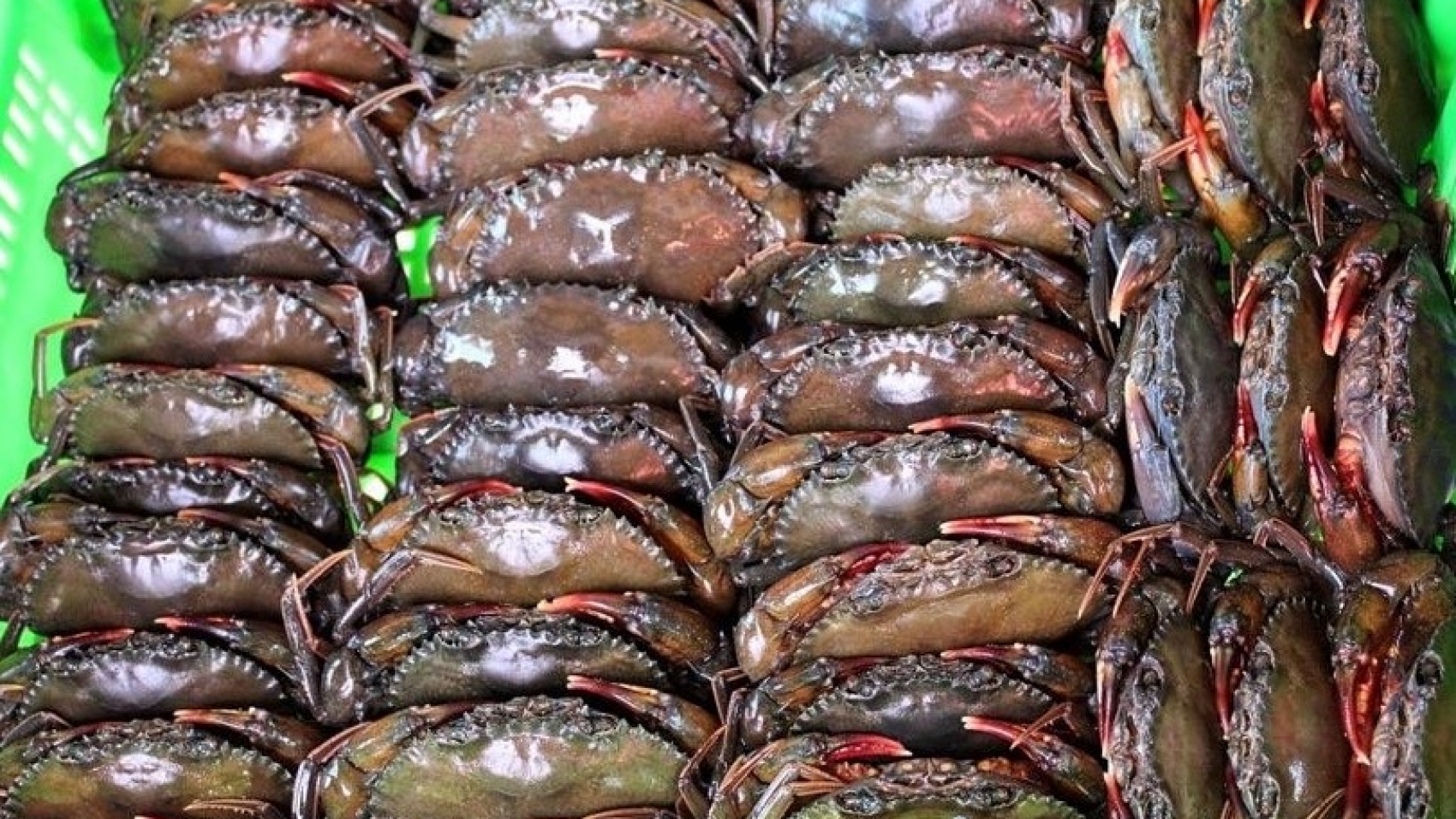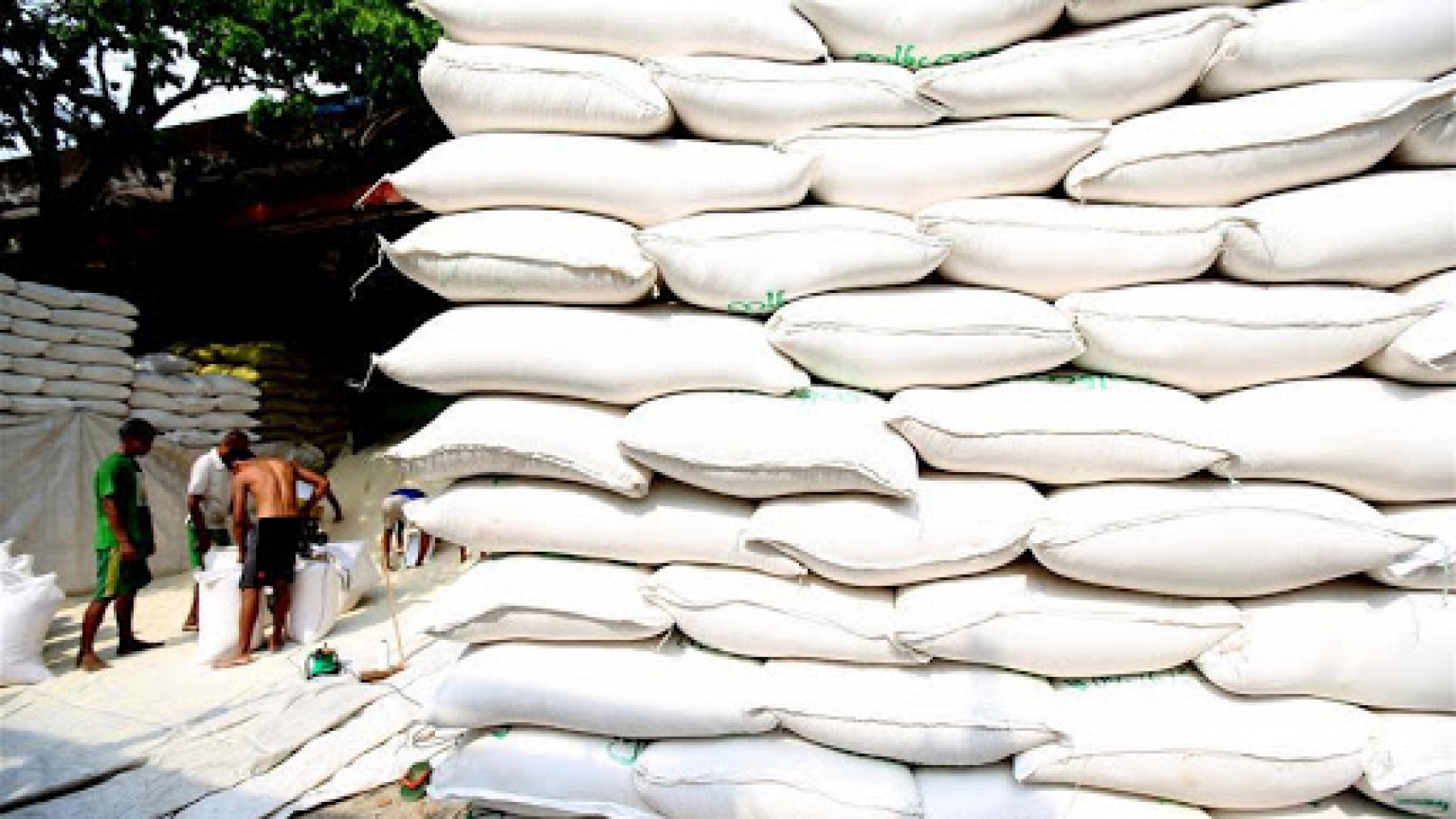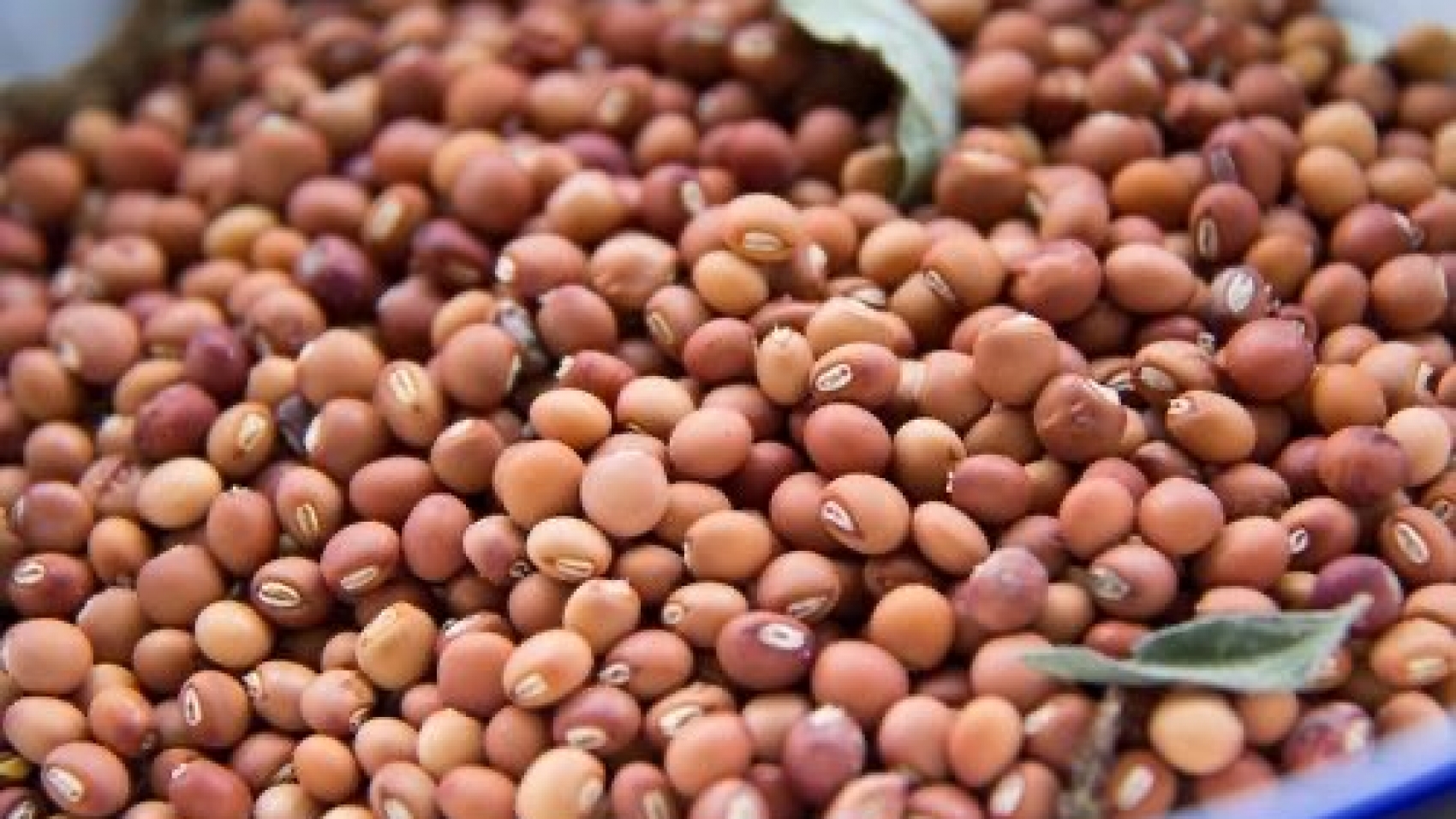Myanmar Coffee Association stated that over 50 tonnes of coffee produced in Hopong city, Shan State, under poppy substitute project are planned to ship to France this month. Myanmar’s coffee export has dropped by half last year on the weak demand triggered by the coronavirus. Typically, Myanmar exports about 500-600 tonnes of coffee to external markets. The volume plummeted to 300 tonnes last year, said an official of the Myanmar Coffee Association. The impacts of coronavirus hurt the coffee industry as the lockdown, and physical distancing caused a reduction in consumption.
Myanmar primarily produces Arabica coffee. Speciality coffee fetches as much as US$4,500-10,000 per tonne. Myanmar speciality coffee beans are highly demanded because of their high quality and organic production, said Chair U Myo Aye of the Myanmar Coffee Association. Myanmar’s coffee has already earned a good reputation. It has penetrated markets in Asia such as Hong Kong and Singapore, and European countries and the US. It has a good potential in the global market,” said an official from the Agriculture Department. Myanmar’s coffee has grabbed a market share in the US with the contribution of USAID and WinRock International NGO. Efforts are being made to penetrate markets in Japan, the Republic of Korea, and Canada.
At present, the export volume of coffee is extremely low, tracking the negative impacts of the coronavirus. In response to the COVID-19 in the coffee sector, innovative trade offer and a digital market are required to adapt to a new normal, coupled with client-oriented supply. Moreover, the coffee growers and producers need to increase quality to enter competitive markets. As a result of this, a government-backed loan is needed to help the stakeholders survive in the crisis. There are 40,000 acres of highland coffee plantations and about 10,000 acres under lowland coffee in Myanmar, totalling 50,000 acres. Shan State is the leading producer of coffee beans. Coffee beans are harvested between December and February. They are distributed and exported throughout the year after harvest time. Myanmar yearly exports around 400 tonnes of coffee. In 2019, it shipped about 500 tonnes of coffee to foreign markets.
Source: The Global New Light of Myanmar

